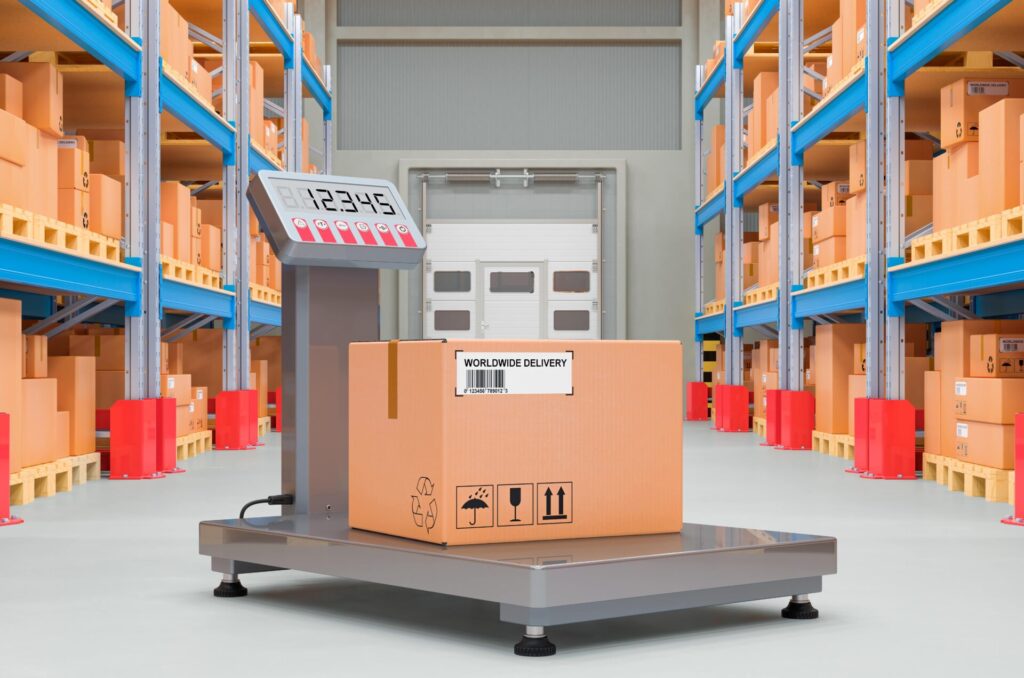
Common Challenges in LTL Freight and Solutions
Less Than Truckload (LTL) shipping offers flexibility and cost savings for businesses sending smaller freight volumes without needing a full trailer. Yet along with its advantages—like shared costs and frequent departures—LTL also brings challenges such as more handling points, complex pricing tiers, and time-sensitive coordination. For companies unprepared, these issues can escalate into inflated fees, damaged goods, and disgruntled customers.
This article presents an overview of typical LTL hurdles and gives practical advice on how to overcome them. From dealing with reclassification and multi-stop routes to mitigating the risk of damage or hidden charges, we’ll explore actionable strategies to keep your partial loads moving quickly and reliably.
Introduction
Why LTL Freight Remains Popular Yet Complex
E-commerce expansion and dynamic supply chains have turned LTL into a go-to solution for smaller, more frequent shipments. By paying only for occupied space, shippers avoid the cost of half-empty trailers. Nonetheless, the inherent design of merging multiple loads complicates things: each cross-dock or extra stop can slow deliveries or add damage risk. To fully reap LTL’s cost advantage, businesses must tackle these issues head-on.
Balancing Smaller Loads with Multi-Stop Handling
Shippers often treat LTL as an add-on—tacking smaller freight onto bigger shipments or using it sporadically. However, the more random or last-minute these shipments are, the more potential there is for missing critical details (like correct freight class) or incurring unplanned delays. A structured approach to LTL scheduling and classification ensures on-time performance and aligns shipping costs with actual volumes.
Challenge #1: Freight Classification and Reclassification
Misdeclared Weights and Dimensions
Many LTL carriers rely on weight and dimensional data to rate shipments. If your declared weight or dimensions differ from real measurements, carriers can reweigh and revise your invoice upward, a frustrating and costly surprise. Honest mistakes or approximate guesses can easily lead to reclassification fees, so use calibrated scales, measure carefully, and update internal data whenever packaging or product specs change.
NMFC Codes and Preventing Adjustments
The National Motor Freight Classification (NMFC) system assigns codes that dictate your freight class (50–500). Higher classes, tied to items with more bulk or fragility, incur higher rates. If your shipment’s actual commodity or density mismatches the assigned NMFC code, carriers adjust the class mid-transit. To avoid reclass charges:
- Consult the NMFC directory or use online tools.
- Verify codes for new or changing products.
- Confirm with carriers if in doubt—particularly for specialized items like hazmat or temperature-controlled freight.

Challenge #2: Longer Transit Times and Multiple Cross-Docks
Delays from Hub-and-Spoke Networks
While LTL’s “hub-and-spoke” approach efficiently bundles partial loads, your freight often travels through multiple terminals. Each transfer can add a day or more. If you’re accustomed to Full Truckload direct shipping, adjusting expectations is crucial. Eager customers may need updates that shipments may not arrive next day unless you pay a premium for guaranteed or expedited LTL services.
Minimizing Touchpoints to Speed Up Delivery
Consider carriers that run more direct or semi-direct routes if time is critical. Alternatively, consolidating shipments can reduce cross-dock frequency—pool distribution methods or partial truckload (PTL) for heavier loads help bypass multiple stops. Evaluate each route’s typical stop count; fewer terminal visits equate to shorter transit times and fewer damage opportunities.
Challenge #3: Risk of Damage or Loss
High Handling Frequency Increases Breakage Risks
Unlike FTL, which uses a single loading and unloading, LTL shipments endure repeated forklift handling. Pallets might be stacked or shifted in cramped cross-docks, raising the possibility of rips, dents, and moisture exposure. Electronics, glass, or similarly fragile cargo are especially vulnerable in multi-stop trips.
Robust Packaging and Partnering with Responsible Carriers
While no packaging can eliminate damage risk, reinforcing your crates or boxes and using shock-absorbent materials significantly lowers claims. Also, choose carriers with lower damage ratios or specialized handling processes (like blanket-wrap). If a carrier continuously yields high claims for your goods, it’s time to switch or reevaluate packaging standards.
Challenge #4: Accessorial Fees and Hidden Costs
Liftgate, Limited Access, and Inside Delivery
Small or unusual delivery points—like residences, schools, or construction sites—often require accessorials, leading to surcharges. Similarly, if you lack a dock for forklift loading/unloading, carriers use a liftgate truck and pass on associated costs. Failure to mention these needs upfront yields last-minute fees, complicating budget forecasts.
Transparency and Negotiation Tactics
To mitigate surprise fees:
- List special service needs clearly on the Bill of Lading.
- Ask carriers for full accessorial rate sheets.
- Negotiate if you frequently need the same add-ons (like repeated inside deliveries), carriers might offer a discounted or flat add-on rate.

Challenge #5: Managing Carrier Communication and Tracking
Multiple LTL Providers, Fragmented Systems
If your shipments use a variety of carriers—each with different portals, phone lines, or PRO number formats—tracking can be chaotic. Fragmented data complicates forecasting final mile readiness, hamper performance analytics, and hamper your day-to-day shipping coordination.
Centralizing Visibility Through TMS or 3PL
A Transportation Management System (TMS) integrates multiple carriers’ tracking feeds into one platform, providing consistent status updates across shipments. Alternatively, a 3PL can handle multi-carrier coordination on your behalf, sparing you from phone tag or logging into multiple websites each day.
Challenge #6: Claims and Dispute Resolution
Strict Timelines for Filing Claims
Carriers generally provide a narrow window—often 5 days for visible damage and up to 9 months for concealed damage—to file official claims. Miss these deadlines, and your cargo might lose coverage. Additionally, carriers require precise claim forms, photos, and the Bill of Lading with damage notations, so preparing swiftly is vital.
Documenting Damage Properly for Swift Settlements
If you suspect or see damage:
- Note it on the delivery receipt immediately.
- Photograph damaged packaging and product.
- Compile the original invoice or cost to show actual cargo value.
Carriers prefer thorough claims with no missing evidence, speeding up settlement times.
Solutions: Strategies to Master LTL Freight
Accurate Classification, Weighing, and Packaging
Begin by measuring and weighing shipments carefully. Assigning the correct NMFC codes prevents reclass fees. Invest in strong pallets, protective padding, and distinctive labeling so carriers see shipping details at every cross-dock.
Planning with Carrier Schedules and Volume Discounts
For frequent shipments, build consistent relationships. Request rate agreements or “lane commitments” from carriers to lock in stable pricing. Off-peak shipping days (like midweek) might also reduce costs. If you foresee high volumes in certain lanes, see if partial truckload or dedicated routes are more economical.
Conclusion
LTL freight thrives at the intersection of flexibility and complexity. From anticipating reclassification and multi-stop routing delays to navigating potential damage and accessorials, each aspect demands vigilance. Yet with the right approach—proper packaging, active communication, careful classification—you can maintain reliable partial-load shipping without excessive costs or disruptions.
To address these common LTL challenges, embrace tracking technology, forging meaningful carrier ties, and focusing on error-free BOLs. The payoff is stable shipping budgets, fewer claims, happier end-recipients, and a supply chain that remains agile in an ever-changing market.
How useful was this post?
Click on a star to rate it!
Average rating 0 / 5. Vote count: 0
No votes so far! Be the first to rate this post.



